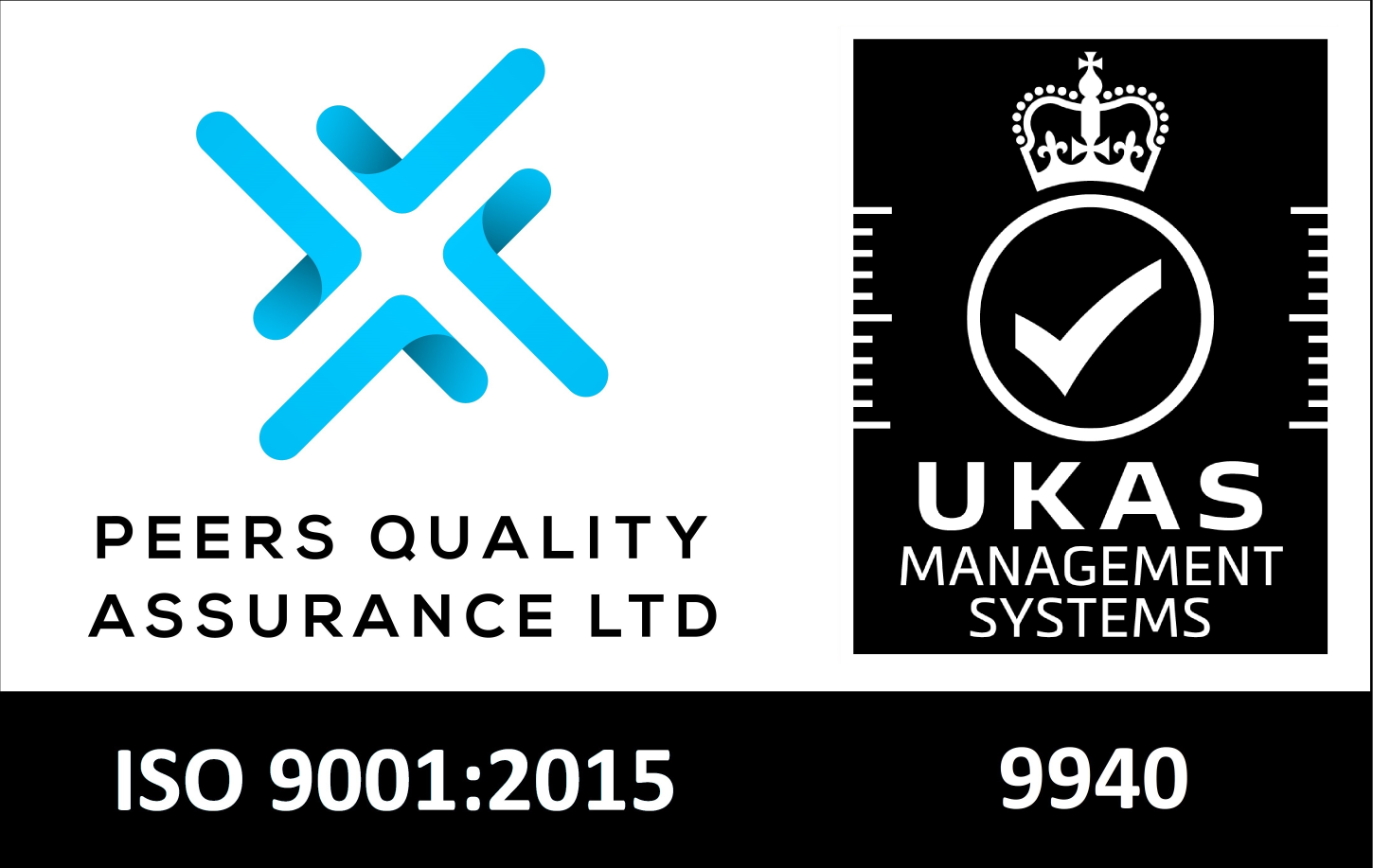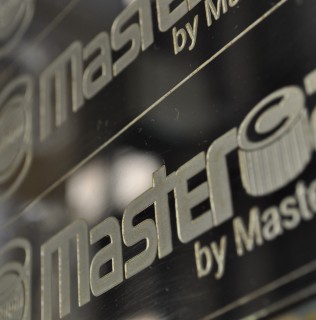What is Chemical Etching
Originally, chemical etching used a strong acid or mordant to cut into the unprotected parts of a metal surface in order to create a design in intaglio in the metal. As an intaglio method of printmaking it is, along with engraving, the most important technique for old master prints and remains widely used today.
The modern chemical etching process is a fast, cost-effective alternative to traditional engraving where very fine detail, large quantities of text and multiples of the same image are required. We specialise in short runs with a fast turn round and offer all of our standard labels with a three day despatch option.
How it works
The chemical etching process works by printing a component design onto photoresist which is then laminated onto metal. The areas of photoresist which have not been printed are removed, exposing the metal, which is subsequently etched away. A chemical etching machine harnesses the corrosive reaction between the chemical and the material and heats the solution, spraying at high pressure. The chemical spray dissolves the unprotected metal areas to etch the material for a smooth finish.
Capabilities
* Installed in 2019 our chemical etching equipment is the latest generation with a bed width of 650mm which enables us to supply some of the largest plaques, control panels and engraved signs.
Above is a short video, showing the chemical etching process.
Gallery
Click to enlarge









